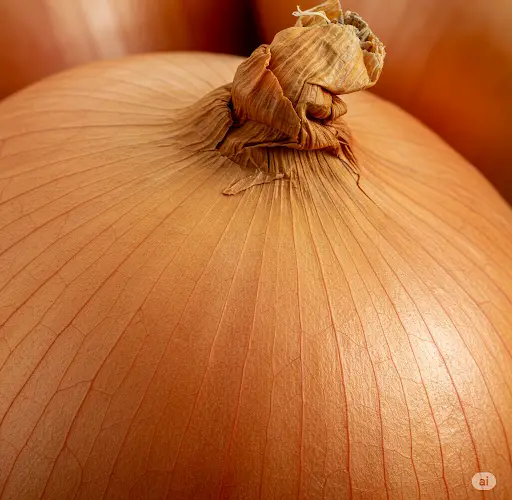Onions are a staple in kitchens around the world, and growing them at home is not only satisfying but also cost-effective. However, the success of your onion crop largely depends on how well you care for the seedlings in their early stages. With the right approach, you can ensure your onions grow healthy, strong, and full of flavor. Here’s a guide to the essential early care tips that will help your onion seedlings thrive.
1. Proper Soil Preparation
The foundation of healthy onion seedlings starts with the soil. Onions prefer well-draining, loose, and fertile soil with a neutral to slightly acidic pH (between 6.0 and 6.8). Before planting, it’s important to enrich the soil with organic matter like compost or well-rotted manure. This not only improves texture and drainage but also provides essential nutrients to support early growth.
Avoid heavy clay soils, which can retain too much moisture and lead to root rot. If your soil is compacted or clay-rich, consider mixing in sand or planting your onions in raised beds for better aeration.
2. Seedling Spacing and Thinning
When sowing onion seeds, it’s common for them to be planted densely. However, as soon as the seedlings reach about 7-10 cm (3-4 inches) tall, they should be thinned out. Overcrowding can hinder development and reduce airflow, making the seedlings susceptible to fungal diseases.
The ideal spacing is about 5 cm (2 inches) between each seedling. You can use the thinned-out seedlings in cooking, as they have a mild and pleasant onion flavor similar to chives.
3. Consistent Watering
Onion seedlings need consistent moisture to grow strong, but it’s crucial not to overwater. The goal is to keep the soil evenly moist but not soggy. Overwatering can lead to diseases such as damping-off, which causes young seedlings to collapse.
Water your onion seedlings early in the morning to allow the foliage to dry during the day, which helps prevent fungal problems. As the seedlings grow, you can gradually reduce the frequency of watering but increase the depth, encouraging the roots to grow deeper into the soil.
4. Sunlight and Temperature Needs
Onions love sunlight. Make sure your seedlings are in a spot that gets at least 6-8 hours of direct sunlight each day. Adequate light exposure is key to promoting strong green growth and preventing the seedlings from becoming leggy and weak.
Temperature also plays a vital role. Onion seeds germinate best at 20–25°C (68–77°F), and the young plants thrive in cool weather. If you’re growing them indoors or in a greenhouse, be careful not to expose them to excessive heat, which can stunt growth or lead to bolting (premature flowering).
5. Nutrient Boost for Green Growth
To stimulate vigorous green growth in onion seedlings, apply a mild, balanced fertilizer or a nitrogen-rich organic feed. Products like fish emulsion, compost tea, or diluted liquid seaweed work well. These promote the development of healthy green tops, which are essential for energy production through photosynthesis.
Apply the fertilizer once every 10 to 14 days, but avoid overfeeding. Too much nitrogen can lead to overly lush tops at the expense of bulb formation later on.
6. Air Circulation and Disease Prevention
Good airflow around your onion seedlings is essential. Poor air circulation can create a humid environment that encourages diseases such as mildew and rust. To improve air circulation, ensure proper spacing and avoid overhead watering in cooler conditions.
If you notice signs of fungal issues—such as yellowing tips, spots on the leaves, or drooping seedlings—remove the affected plants immediately and treat the soil with a natural fungicide like neem oil or a baking soda spray.
7. Hardening Off for Transplanting
Before transferring your seedlings to the garden, it’s important to harden them off. This means gradually exposing them to outdoor conditions to strengthen their resilience. Start by placing them outside in a sheltered spot for a few hours a day, gradually increasing their exposure over 7 to 10 days.
This process helps reduce transplant shock and prepares the seedlings for the changing conditions in the garden.
Conclusion
Strong green growth in onion seedlings begins with careful attention during the first few weeks. From proper soil and watering to light, nutrients, and disease prevention, each element plays a role in building a solid foundation for a healthy harvest. With these tips, you’ll be well on your way to growing robust onions that will flourish throughout the season.



